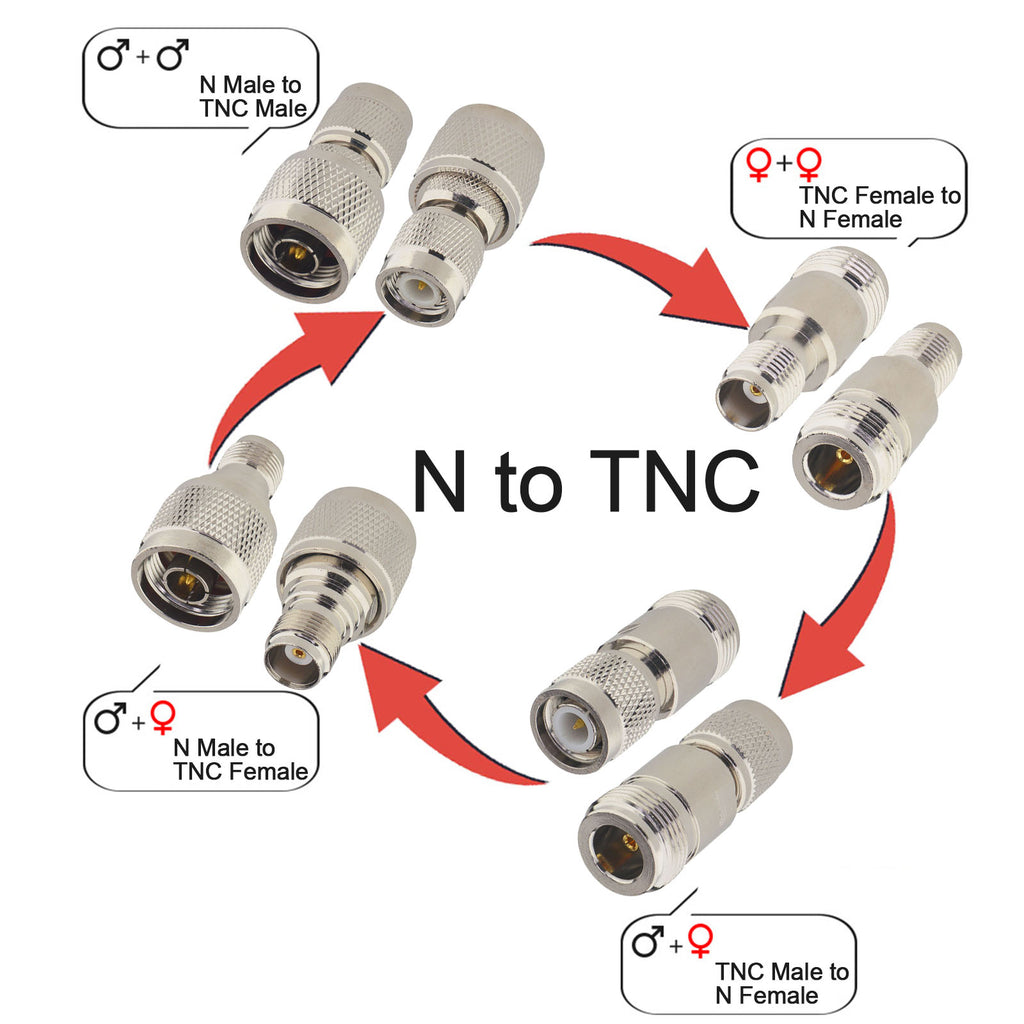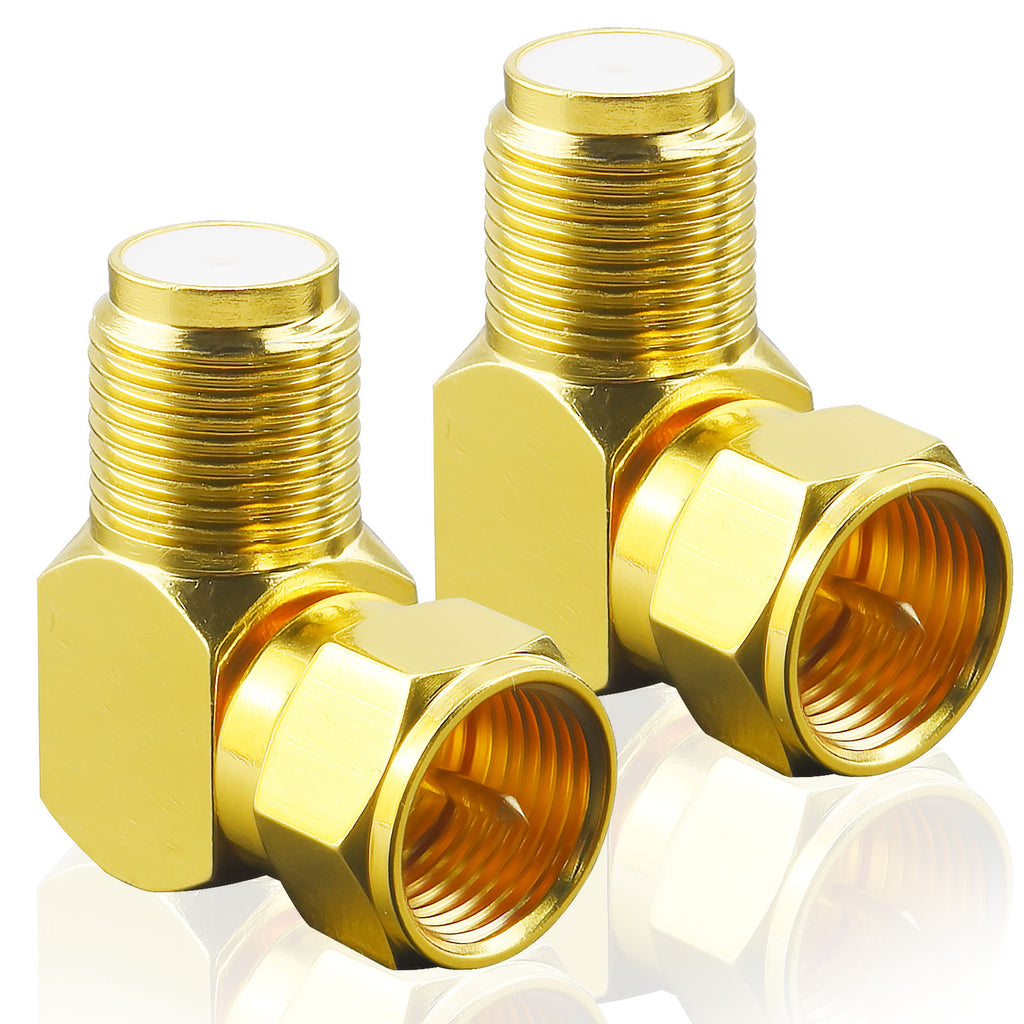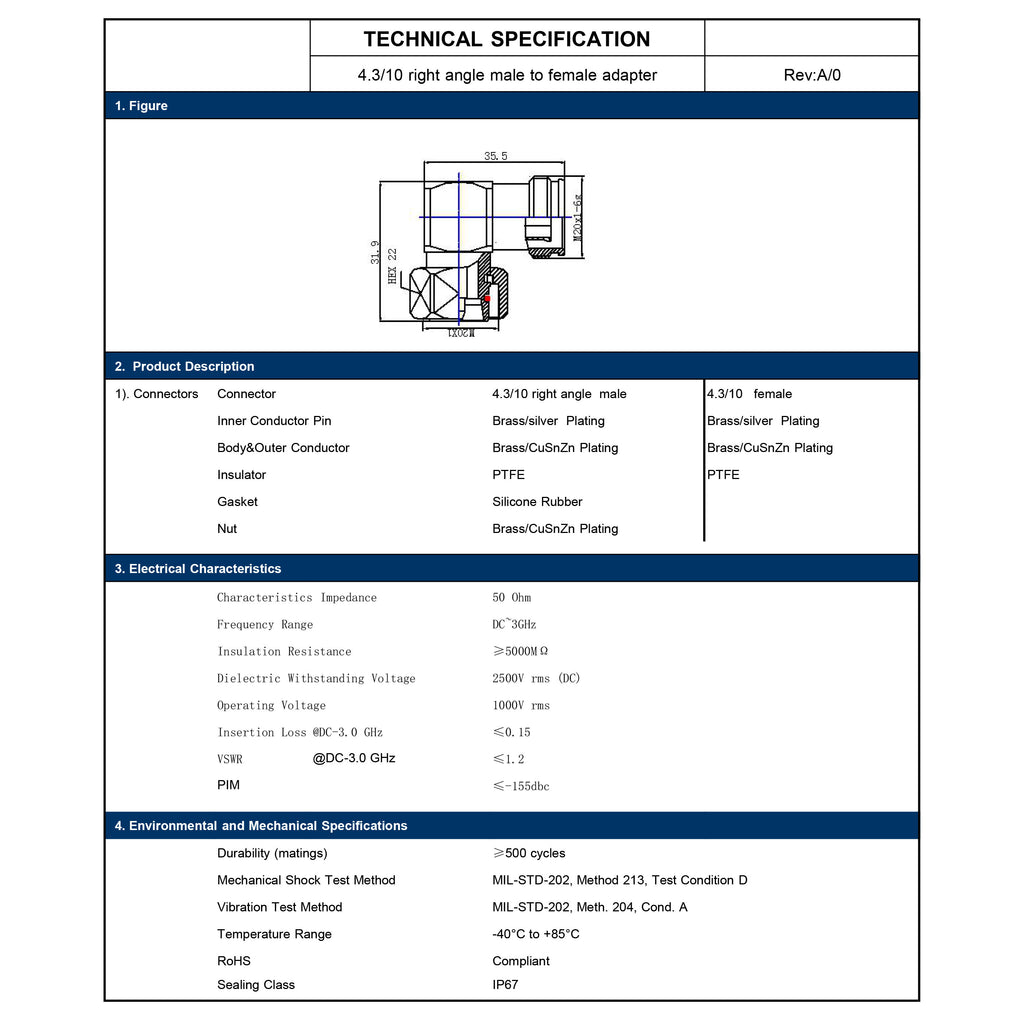RF Connectors: Cornerstones of Seamless Connectivity in LTE Base Stations
投稿者 :LiYu on
In the ever-evolving landscape of telecommunications, where speed, reliability, and coverage are paramount, Long-Term Evolution (LTE) technology has emerged as a game-changer. LTE has revolutionized the way we connect, enabling high-speed data transmission and seamless communication. At the heart of this technology are LTE base stations, and a crucial yet often overlooked component within these stations are RF connectors. In this comprehensive guide, we delve into the world of RF connectors, exploring their significance, types, characteristics, and their pivotal role in ensuring uninterrupted connectivity in LTE base stations.
Understanding LTE Base Stations: The Backbone of Modern Communication
Before delving into the specifics of RF connectors, let's take a moment to understand the significance of LTE base stations. These stations, also known as cell towers, are the backbone of modern communication networks. They facilitate the wireless communication between mobile devices and the core network, enabling services such as voice calls, text messages, and high-speed data transmission. The efficiency, speed, and coverage of these base stations directly impact the user experience.
The Role of RF Connectors: Bridging the Gap in Communication
RF connectors play a pivotal role in ensuring the seamless functioning of LTE base stations. These connectors bridge the gap between various components within the base station, facilitating the transmission of radio frequency signals between antennas, amplifiers, cables, and other critical elements. RF connectors are responsible for maintaining the integrity of the signal, minimizing signal loss, and optimizing the overall performance of the base station.
Types of RF Connectors: Diverse Solutions for Diverse Needs
There is a wide array of RF connectors available in the market, each designed to cater to specific needs and requirements. Let's explore some of the commonly used types of RF connectors in LTE base stations:
1. N-Type Connectors

N-Type connectors are known for their robustness and versatility. They are capable of handling high power levels and are often used in base station applications. With their threaded coupling mechanism, N-Type connectors provide a secure and reliable connection, minimizing signal leakage and interference.
2. SMA Connectors

SubMiniature version A (SMA) connectors are compact and suitable for applications where space is limited. They offer good performance at high frequencies and are commonly used in base stations for their durability and ease of use.
3. 7/16 DIN Connectors

7/16 DIN connectors are renowned for their low VSWR (Voltage Standing Wave Ratio) and high power handling capabilities. These connectors are commonly employed in high-power base station applications, ensuring efficient signal transmission without excessive losses.
4. TNC Connectors

Threaded Neill-Concelman (TNC) connectors are an upgraded version of the SMA connectors, featuring a threaded coupling for added security. They are commonly used in applications requiring a reliable connection in environments with vibrations and movement.
5. F-Type Connectors

F-Type connectors are widely used in cable and satellite television applications, but they can also find their place in certain LTE base station setups. They are easy to install and provide good performance at lower frequencies.
6. DIN 1.0/2.3 Connectors

DIN 1.0/2.3 connectors are known for their compact size and excellent electrical performance. They are commonly used in applications where high-density connections are required, making them suitable for modern LTE base stations.
Characteristics of High-Quality RF Connectors
When selecting RF connectors for LTE base stations, several characteristics should be taken into consideration to ensure optimal performance and reliability:
1. Low Signal Loss

High-quality RF connectors minimize signal loss, ensuring that the transmitted and received signals maintain their integrity and strength. This is crucial for maintaining consistent connectivity and data transmission rates.
2. Durability and Reliability
LTE base stations often operate in demanding environmental conditions, including exposure to extreme temperatures, moisture, and vibrations. Durable and reliable RF connectors are essential to maintain uninterrupted communication under these circumstances.
3. High Power Handling
Base stations can transmit signals at relatively high power levels. RF connectors with the capability to handle high power ensure that the connectors themselves do not become a source of signal degradation or equipment damage.
4. Low Intermodulation Distortion
Intermodulation distortion can occur when multiple signals interact within a connector, resulting in unwanted interference and degraded signal quality. Quality RF connectors are designed to minimize intermodulation distortion and maintain signal purity.
5. Compatibility and Ease of Installation
Efficient installation and compatibility with existing equipment are essential factors to consider. Connectors that are easy to install and compatible with various components reduce downtime during maintenance and upgrades.
6. Frequency Range
Different LTE bands operate at varying frequencies. It's important to choose RF connectors that are optimized for the specific frequency range of your base station to ensure optimal performance.
The Evolution of RF Connectors in LTE
As LTE technology continues to evolve, so do the demands placed on RF connectors. The transition from 4G to 5G, with its higher frequencies, increased bandwidths, and more advanced modulation schemes, has led to the development of connectors that can handle these new challenges. Connectors with enhanced electrical performance and greater bandwidth capabilities are becoming essential for enabling the full potential of 5G networks.
Conclusion
RF connectors are the unsung heroes of LTE base stations, enabling the seamless communication that we have come to rely on in our daily lives. Their role in maintaining signal integrity, minimizing losses, and ensuring reliable connectivity cannot be overstated. As LTE technology advances and paves the way for even more powerful communication networks, the evolution of RF connectors continues to be a crucial aspect of the journey towards faster, more reliable, and more connected future.
In this guide, we've only scratched the surface of the intricate world of RF connectors. From N-Type to SMA, 7/16 DIN to TNC, each type brings its own set of benefits and applications. Selecting the right connector for your LTE base station involves considering factors such as frequency range, power handling, and environmental conditions.
Whether you're an engineer working behind the scenes to optimize network performance or an end user enjoying the benefits of high-speed connectivity, RF connectors remain essential components in the intricate web of modern telecommunications. As we look ahead to the exciting possibilities of 5G and beyond, one thing is clear: RF connectors will continue to play a vital role in shaping the future of connectivity.
この投稿をシェアする
- 0件のコメント
- タグ: 4.3/10 CONNECTOR SERIES, 4.3/10 Mini DIN Connector, 4.3/10 RF Connectors for 4G LTE Base Stations, 7-16 DIN connector, 7/16 DIN Connectors for 4G 5G LTE Base Stations, 7/16 Din Male to Female, Citizens Broadband Radio, L29 Connector, LTE Base Stations, RF coaxial test adapters, RF Connectors

